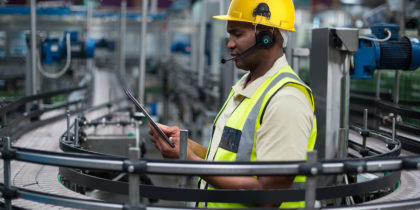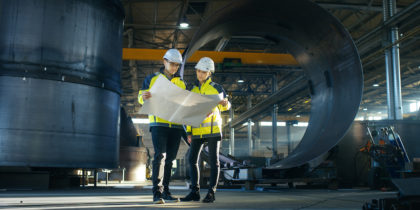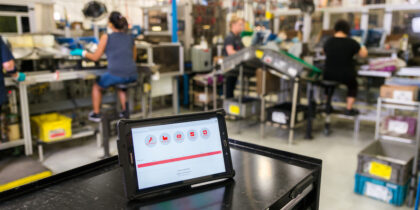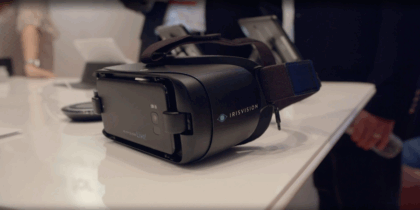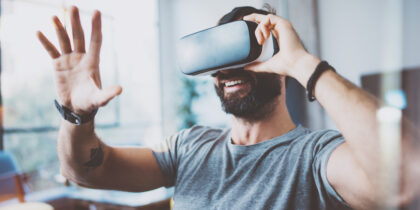What should filmmakers be considering when storyboarding for a 360 video shoot?
That’s one of the questions I asked Lex Halaby, a director and 360 filmmaker, while on the ground in Las Vegas at NAB earlier this month.
According to Halaby, there are many things to think about while shooting in 360 that you wouldn’t necessarily consider during a traditional shoot (and it’s not just where the director should hide to remain out of the camera’s view). One major difference is the amount of prep work required for a 360 shoot — along with several considerations in the pre-production phase.
“Typically, when I’m working in 360, I like to think about it as more blocking than storyboarding,” Halaby explained. “You have the power to put a person in the scene and choose where they are going to be and how people are going to interact with them and be around them,” he added. “That’s where having cameras like the Samsung 360 Round can bump off shots and get a stitch immediately.”
But, as with most things, the best way to learn how to storyboard and produce a 360 shoot is by actually doing it.
“I recently got a 360 Round, and I’ve been putting it through its paces,” Halaby said. “The ability to live view while shooting and the ability to record while streaming — [two] divergent workflows — usually live in silos, but the camera allows you to do both of them simultaneously. It no longer becomes a question of either or.”
Interesting in learning how to produce 360 video? Check out our webinar for everything you need to know to get started.
